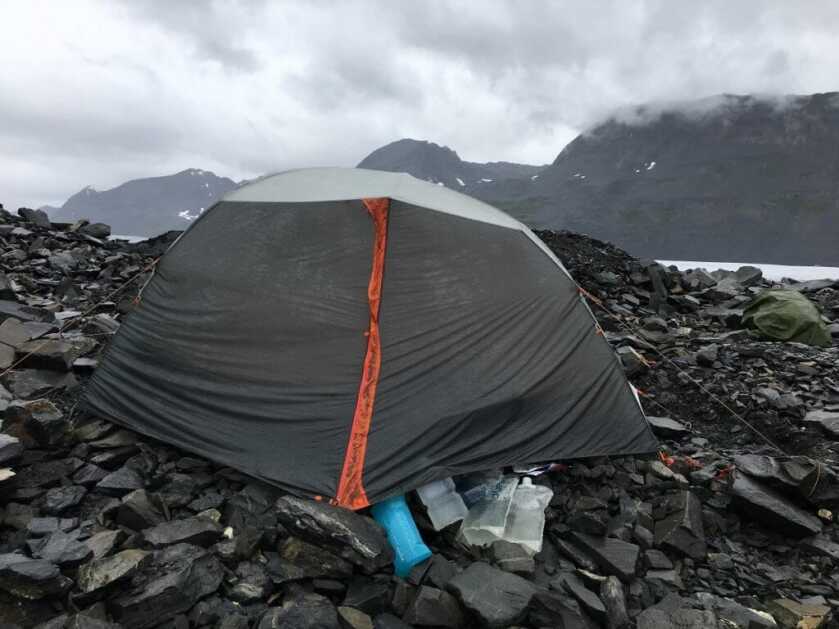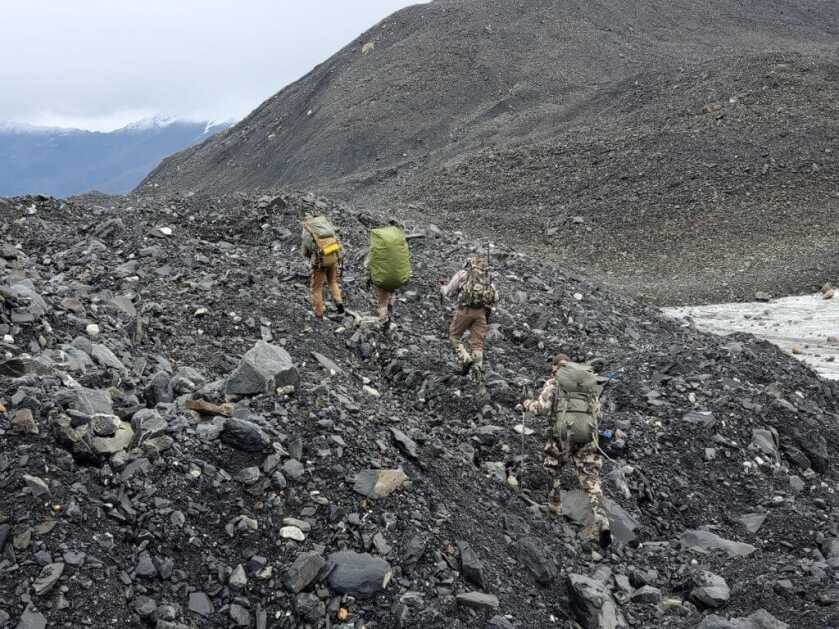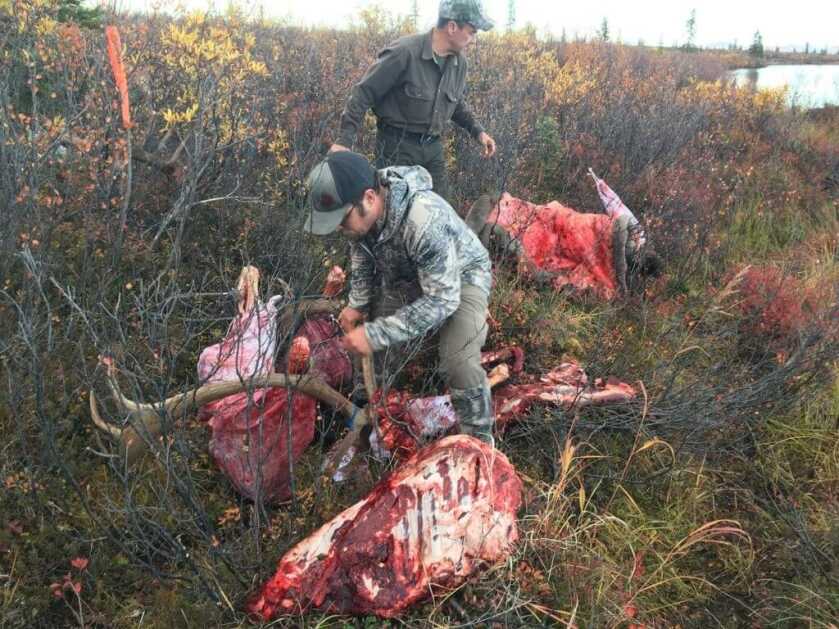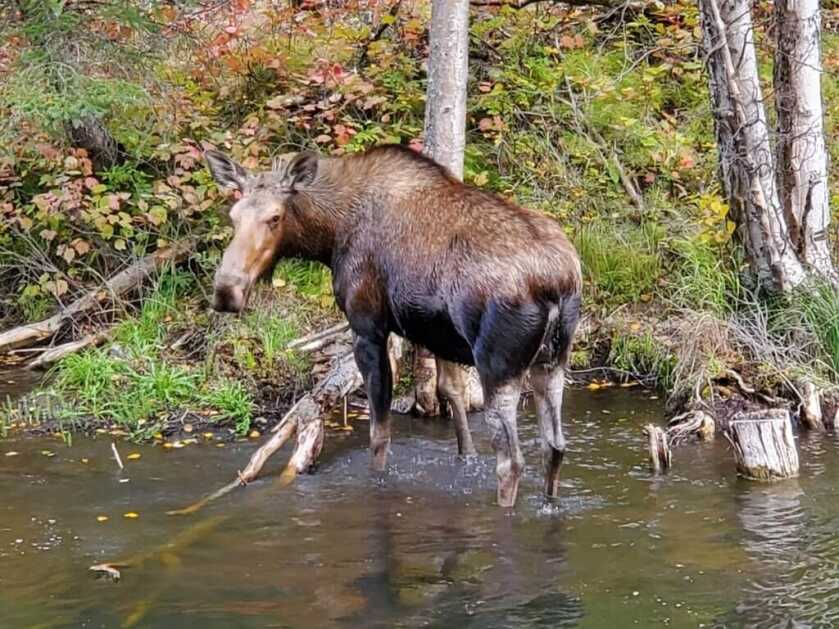
As I sit at my desk and write, there’s a cool breeze that smells faintly of rain and cut hay blowing in the office window. While ranchers aren’t huge fans of rain once their hay season starts, it smells like fall to me. With one hunt down already and several more on the books, I find myself going through gear; replacing batteries on headlamps, airing out rain gear and sleeping bags, and wondering what lessons I’ve learned from the last hunt I should be incorporating into the next.
Hunters by nature have a bit of an independent streak; your average person doesn’t get their kicks from arising in the dark and tromping around Mother Nature with ten to twenty pounds of gear on their back. Not only do we enjoy it, we look forward to and prepare for most of the year to maximize our limited time afield. One category for consideration before the season starts is Emergency Preparedness. With bear encounters on the rise across the West and record-setting drought in some areas, it’s time well spent to think ahead and add a few pieces of critical gear to a hunter’s pack. Below are some key items I’ve found useful over the years to ensure a safe, successful hunt.
Water Collection
As mentioned above, water will be in shorter supply in some areas of the country and depending on historical water sources may be a gamble. While a hunter can pack enough water with them for day hunts in most circumstances, overnight trips may require some adaptability to stay hydrated. Water bladders are a lightweight addition to a pack and offer a variety of volumes to choose from when a water source is found- from one liter to several gallons. Having run out of water on a several-day deer hunt not long ago I’m in no hurry to repeat that ordeal; this is one of those items that could allow you to stay in the game another day or two for hardly any weight penalty. Pair a water filter or UV light with a bulk storage system (water bladder), stay afield longer, and hunt harder.

First Aid
While everyone should have some basic necessities in their pack, scratches, and stings aren’t going to keep a hunter from getting out of the field if the need arises. When afield solo, a hunter bears the burden of covering every eventuality themselves whereas hunting with a partner allows the sharing of gear and an extra layer of security. At a minimum, a blood stop kit and gauze wound dressing should be included for mishaps. The blood stop comes in small single-use packages and expires after a couple of years. If needed before expiration, tear open the pouch and dump the granules right into the wound and cover with the bandage. I’ve carried these two things in a separate baggie for years and only used them once, I was darn glad I had them on that occasion. The dressing can be used for a tourniquet, minor wounds, or even fire starter if need be as it’s quite flammable.

Communication
In this day and age, there are many options for backcountry communication, from satellite phones to monthly subscription services on e-devices like Garmin or Spot. A user can rent a sat phone from a variety of places online and return it when the season’s over or buy a handheld unit, pick a plan (much like cell phone plans they range from a few texts a month to unlimited depending on what a hunter’s expected usage may be) and start texting. Most carriers allow you to change plans as needed with one month’s notice so a hunter may only pay for the months in the field then suspend the plan until needed again. Another perk of the handheld units is an SOS button or the equivalent thereof. If the button is pressed in an emergency, a signal will be sent to the appropriate authorities with GPS coordinates of your location and help will be on the way (research the different companies for more in-depth information on how a $20.00 a month plan could legitimately save you and your buddies lives). I know of a sheep hunter who was hunting solo last fall and got into a bad situation. Having fallen down a rockslide, he activated the SOS function and had to be helicoptered out of some cliffy country that could have swallowed him whole. It’s important to note this feature is for emergencies only as it ties up community resources to respond to callouts.
Bear Protection
I alluded to this in the intro but the bears are thick and getting thicker out West all the time. No matter where you fall in the grizzly debate, bears are expanding ranges, and encounters with humans are happening with more frequency. It pays to read about bear behavior and understand the generalities before venturing too far off the beaten path. Suggested reading material is: UDAP pamphlet included with bear spray and Bear Attacks: Their Causes and Avoidance by Stephen Herrero. There are many good titles out there, these are two I’ve found that have solid information for laypeople and you don’t need to have a biology degree to derive some benefit from.

Spray
There are many benefits to bear spray: lightweight and portable, inexpensive and lasts for years before expiration, as well as being fairly foolproof to operate. The author mentioned above, Stephen Herrero, was part of a study in Canada that found bear spray 94% effective at stopping aggressive bears. Conversely and speaking from personal experience, it can be hard to put your and your family’s lives in the hands of something as insubstantial as a half-pound can of aerosol.
Firearm
The other side of the coin for bear protection is obviously a firearm. Most prefer pistols as they can be operated one-handed which is a distinct possibility if a bear reaches a hunter before they can break the bear down enough to stop or incapacitate it. Large caliber pistols such as the .44 mag and 10mm stuffed with hard cast or controlled-expansion bullets are favorites of many who spend much time in bear country. There’s a variety of different ways to carry a sidearm these days that works for just about anyone and their preferred hunting setup.
Another option favored by some is a pump-action shotgun loaded with buckshot and/or slugs. I’ve packed one horseback but find them to be unwieldy for much more. The only time I’ve been charged was when another elk guide and I had two hunters on horseback, the other guide pulled a shotgun and boy did it feel good to see him clear leather with it. The bear bluff-charged a couple of times and that was that but not before a dose of reality set in on what it looks like to have an angry bruin coming for you. I was glad he had buckshot because I’m not sure he could have hit him with any sort of accuracy as the bear came quicker than we could comprehend. More precision is required with a firearm than the spray of course and it will weigh what three cans of spray do but having a piece of steel in one’s hand is a bit more confidence-inspiring.

Miscellaneous
This category is for the outliers- the random but handy things to have when you need them. Firestarter is key for heavy-moisture fall hunting. A can of Sterno from the grocery store will last for a couple of years in my pack and starts numerous fires in damp conditions. Scoop out a grape-sized lump of gel with a stick and add it to the middle of the tinder. By the time it burns out, it will dry enough paper or pine needles to kickstart a fire.
A trekking pole(s) can play an important role in a hunter’s kit. Store a couple of feet of tape on the pole by wrapping it below the handle. The pole provides walking support and a ready supply of electrical/duct/ or athletic tape while taking up nominal room. It can also be used to prop up a tarp or tent when back at camp.
Speaking of tarps, they can make a handy windbreak or emergency shelter if the need arises or set up at camp for shade. Several manufacturers make different sized versions for purchase although construction-grade painter’s plastic can be used as well. With minimal weight penalty and several uses, it pays to throw one in for late-season hunting.

Conclusion
While the list is long for things that could happen in the mountains, a few basic items can lessen the sting of most mishaps. I’m no mountaineer but I’ve found a combination of these items to be helpful in a variety of situations and just might keep a hunter in the field longer, allowing more opportunities at the game they pursue.

